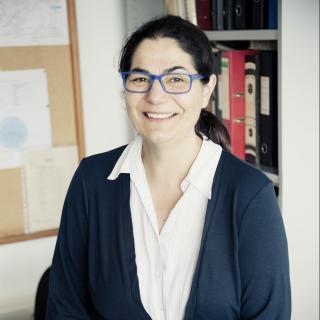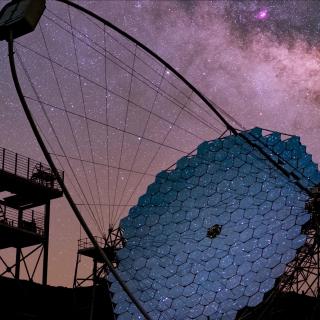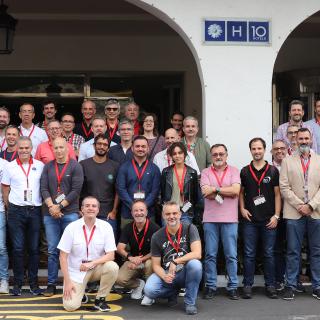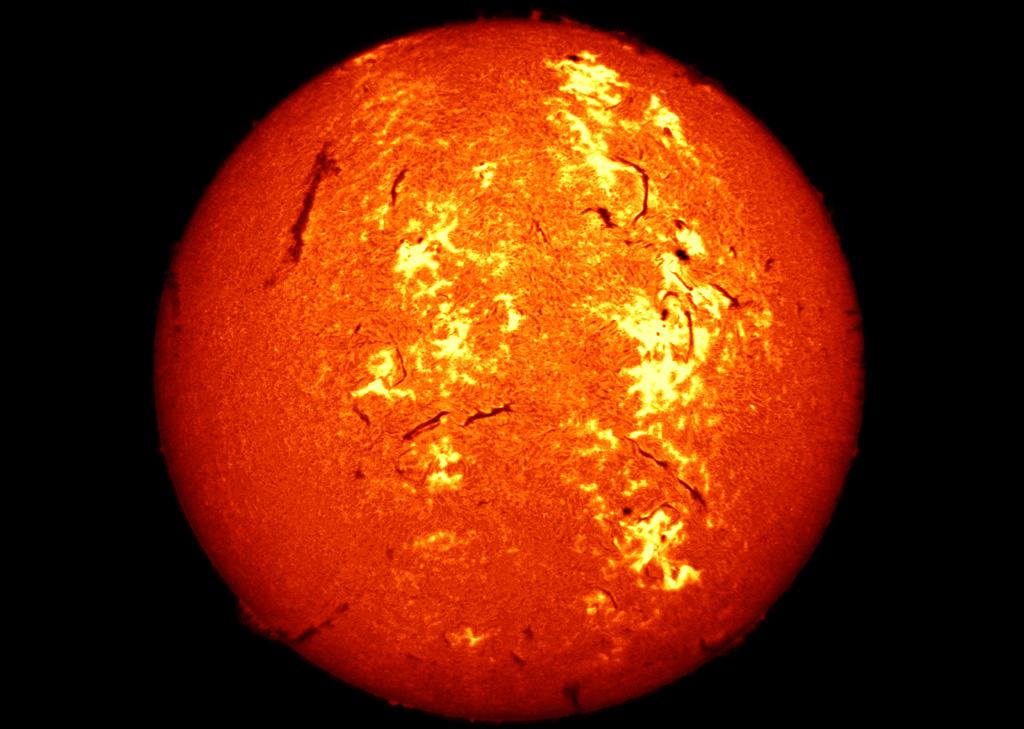It may interest you
-
 Begoña García Lorenzo, a researcher at the Instituto de Astrofísica de Canarias (IAC) has been appointed coordinator of the Network of Astronomical Infrastructures (RIA), and advisory committee on astronomical affairs of the General Administration of State, funded by the Ministry of Science, Innovation and Universities. The task of the RIA is to offer guidance about the Scientific-Technical Singular Infrastructures (ICTS in Spanish) and International Installations and Organisms (IOI), promoting collaboration among them. With an important carreer lasting over two decades in astrophysicalAdvertised on
Begoña García Lorenzo, a researcher at the Instituto de Astrofísica de Canarias (IAC) has been appointed coordinator of the Network of Astronomical Infrastructures (RIA), and advisory committee on astronomical affairs of the General Administration of State, funded by the Ministry of Science, Innovation and Universities. The task of the RIA is to offer guidance about the Scientific-Technical Singular Infrastructures (ICTS in Spanish) and International Installations and Organisms (IOI), promoting collaboration among them. With an important carreer lasting over two decades in astrophysicalAdvertised on -
 The first Large-Sized Telescope (LST) prototype of the Cherenkov Telescope Array Observatory (CTAO), located at the Roque de los Muchachos Observatory (Garafía, La Palma), has made its first scientific discovery by detecting the source OP 313 above 100 gigaelectronvolts (GeV), a level of energy a billion times higher than the visible light that humans can perceive. It is the most distant quasar ever observed by gamma-ray instruments from the ground. On 15 December, the Large-Sized Telescope (LST) Collaboration announced through an Astronomer’s Telegram (ATel) the detection of the source OPAdvertised on
The first Large-Sized Telescope (LST) prototype of the Cherenkov Telescope Array Observatory (CTAO), located at the Roque de los Muchachos Observatory (Garafía, La Palma), has made its first scientific discovery by detecting the source OP 313 above 100 gigaelectronvolts (GeV), a level of energy a billion times higher than the visible light that humans can perceive. It is the most distant quasar ever observed by gamma-ray instruments from the ground. On 15 December, the Large-Sized Telescope (LST) Collaboration announced through an Astronomer’s Telegram (ATel) the detection of the source OPAdvertised on -
 From Monday 23rd to Thursday 26th October, the first meeting of the large astronomical observatories in Spain will be held in the town of Los Cancajos, La Palma. Most of them are scientific projects belonging to the map of the Singular Scientific-Technical Facilities (ICTS) of Spain, grouped in the field of Astrophysics under the coordination of the Astronomy Infrastructure Network (RIA). In this first edition, the participants are the Centro Astronómico Hispano en Andalucía (CAHA), the Gran Telescopio de Canarias (GRANTECAN), the Institute de Radiaoastronomie Millimétrique (IRAM), theAdvertised on
From Monday 23rd to Thursday 26th October, the first meeting of the large astronomical observatories in Spain will be held in the town of Los Cancajos, La Palma. Most of them are scientific projects belonging to the map of the Singular Scientific-Technical Facilities (ICTS) of Spain, grouped in the field of Astrophysics under the coordination of the Astronomy Infrastructure Network (RIA). In this first edition, the participants are the Centro Astronómico Hispano en Andalucía (CAHA), the Gran Telescopio de Canarias (GRANTECAN), the Institute de Radiaoastronomie Millimétrique (IRAM), theAdvertised on
